Imagine standing on the edge of a vast canyon, where the only sounds are the wind through the juniper trees and the distant call of a hawk. This peaceful moment, made possible by protected lands, underscores the importance of conservation efforts. Public lands—those open, untamed spaces—play a crucial role in wildlife protection, climate resilience, and preserving biodiversity.
But why do public lands matter? Beyond their natural beauty, they provide essential habitats for wildlife, offer opportunities for outdoor recreation. Additionally, they serve as critical tools in combating climate change. However, these lands face ongoing threats from privatization, political rollbacks, and climate change. This post will explore the history of public lands in the U.S., their significance for biodiversity and outdoor recreation, and what we can do to protect them.
What Are Public Lands?
Public lands are areas owned and managed by the government for the benefit of all citizens. These lands include national parks, national forests, wildlife refuges, and other protected areas overseen by agencies like the National Park Service (NPS) and the Bureau of Land Management (BLM). In total, nearly 640 million acres of land are open for outdoor recreation, providing opportunities for hiking, camping, wildlife viewing, and more.
Public lands provide critical habitats for endangered species, making wildlife protection essential. Without them, many species would face increased threats from habitat destruction, pollution, and overdevelopment.
The History of Public Lands in the U.S.
The concept of land preservation has deep roots in American history. In the late 19th and early 20th centuries, conservationists like John Muir and President Theodore Roosevelt championed the idea of setting aside land for conservation and public use. The establishment of Yellowstone National Park in 1872 marked the beginning of the national park system, and the National Park Service was officially created in 1916 to oversee these invaluable lands.
Over time, laws such as the Wilderness Act of 1964 and the National Environmental Policy Act (NEPA) of 1969 further solidified the protections for public lands, ensuring their preservation for future generations.
Why Public Lands Matter
Biodiversity & Wildlife Protection
Public lands are essential for biodiversity, providing critical habitats for countless species, including grizzly bears, wolves, and bison. These lands act as refuges, protecting vulnerable wildlife from habitat destruction and human encroachment. Without these protected spaces, many species would face an increased risk of extinction.
Outdoor Recreation & Mental Health
From hiking and camping to kayaking and wildlife photography, public lands offer endless opportunities for outdoor recreation. Research shows that spending time in nature not only reduces stress and improves mental health but also fosters a deeper connection to the environment. Whether it’s a weekend camping trip or a wildlife viewing adventure, public lands help improve the quality of life for millions of people each year.
Cultural & Historical Significance
Many national parks, national forests, state parks, and national monuments hold deep cultural significance, particularly for Indigenous communities. Sacred sites, ancestral lands, and historical landmarks are preserved within these areas.
Climate Resilience & Environmental Protection
Forests, wetlands, and grasslands act as carbon sinks, absorbing greenhouse gases and mitigating climate change. These ecosystems are vital in regulating the climate and protecting biodiversity. By safeguarding them, we help protect these natural systems. Additionally, they play a key role in maintaining ecological balance and reducing environmental degradation.
“Leave it as it is. You cannot improve on it. The ages have been at work on it, and man can only mar it. What you can do is to keep it for your children, your children’s children, and for all who come after you, as one of the great sights which every American, if he can travel at all, should see.”
Threats to Public Lands
Public lands face numerous threats, many of which compromise their ability to provide ecological, recreational, and cultural benefits. Subsequently, the most pressing threats include:
- Privatization & Development: Ongoing efforts to transfer or sell public lands to private companies for mining, logging, or oil drilling threaten fragile ecosystems and reduce public access.
- Overtourism & Mismanagement: Popular national parks and public lands are experiencing overcrowding, leading to environmental degradation, pollution, and strained resources.
- Political & Policy Challenges: Shifting political priorities and policies like Project 2025 could weaken conservation laws, reduce funding, and exploit natural resources.
- Climate Change: Increasing temperatures, more frequent wildfires, and droughts are putting immense pressure on ecosystems. Climate change also jeopardizes their ability to support wildlife and sustain natural processes.
How You Can Help Protect the Land
There are many ways individuals can take action to protect these fragile ecosystems. For example, here’s how you can make a difference:
- Visit Responsibly
Follow Leave No Trace principles, stay on designated trails, pack out all trash, and respect wildlife to help preserve the beauty of these spaces. - Support Conservation Organizations
Donate to or volunteer with organizations like the National Parks Conservation Association, The Wilderness Society, and Sierra Club, which advocate for conservation and the protection. - Stay Informed & Advocate
Keep up-to-date with policies affecting public lands, sign petitions, contact representatives, and vote for policies that prioritize environmental protection. - Volunteer & Donate
Get involved in community clean-ups, restoration projects, and fundraising efforts to support national parks.
Protecting Our National Treasures
Public lands are among America’s greatest treasures. They provide spaces for outdoor recreation, protect endangered wildlife, and play a crucial role in mitigating climate change. However, these lands are not guaranteed to remain protected. Their future depends on the choices we make today.
Whether through advocacy, responsible tourism, or direct action, each of us has a role to play in protecting these landscapes. For this reason, let’s work together to protect them for future generations.
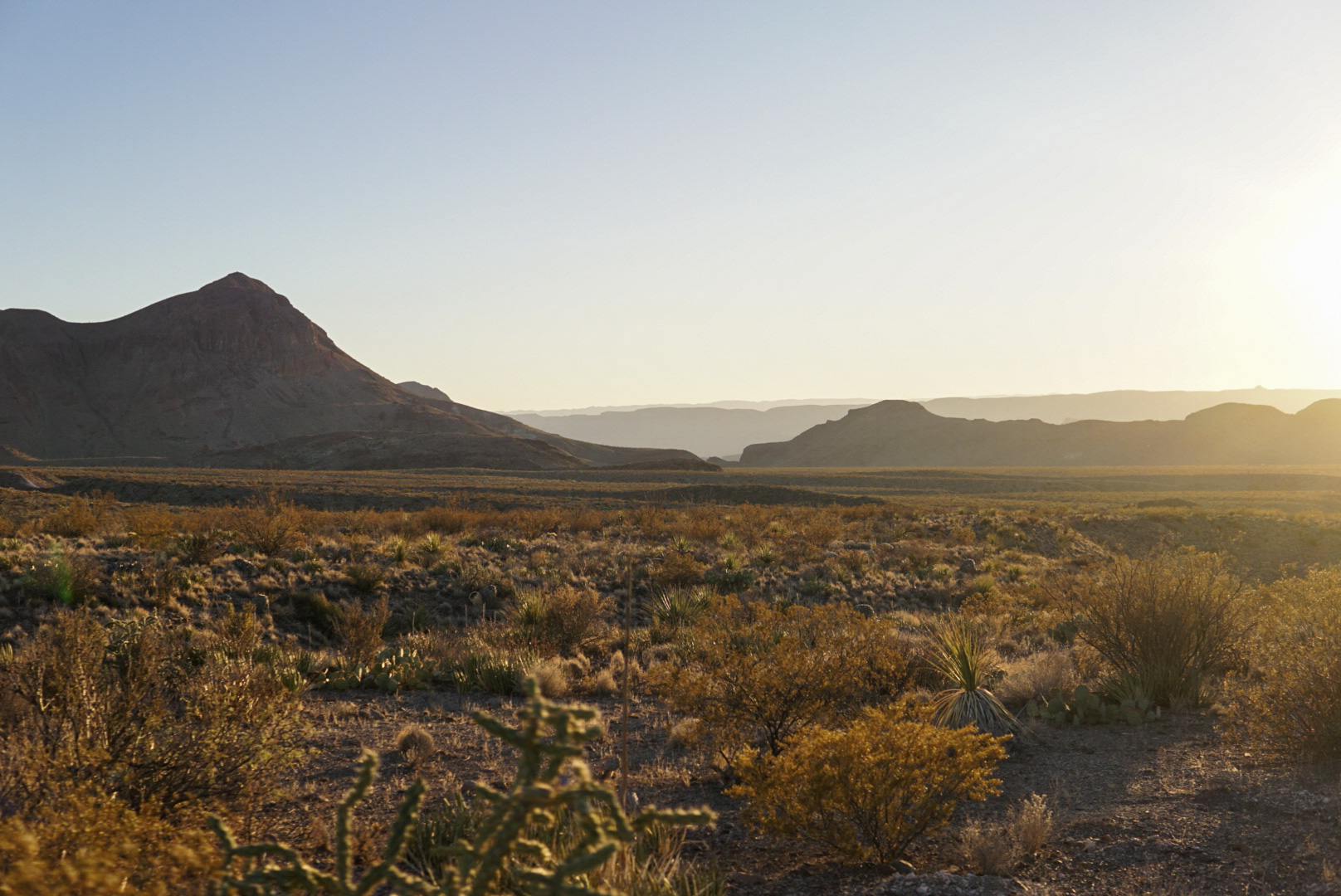
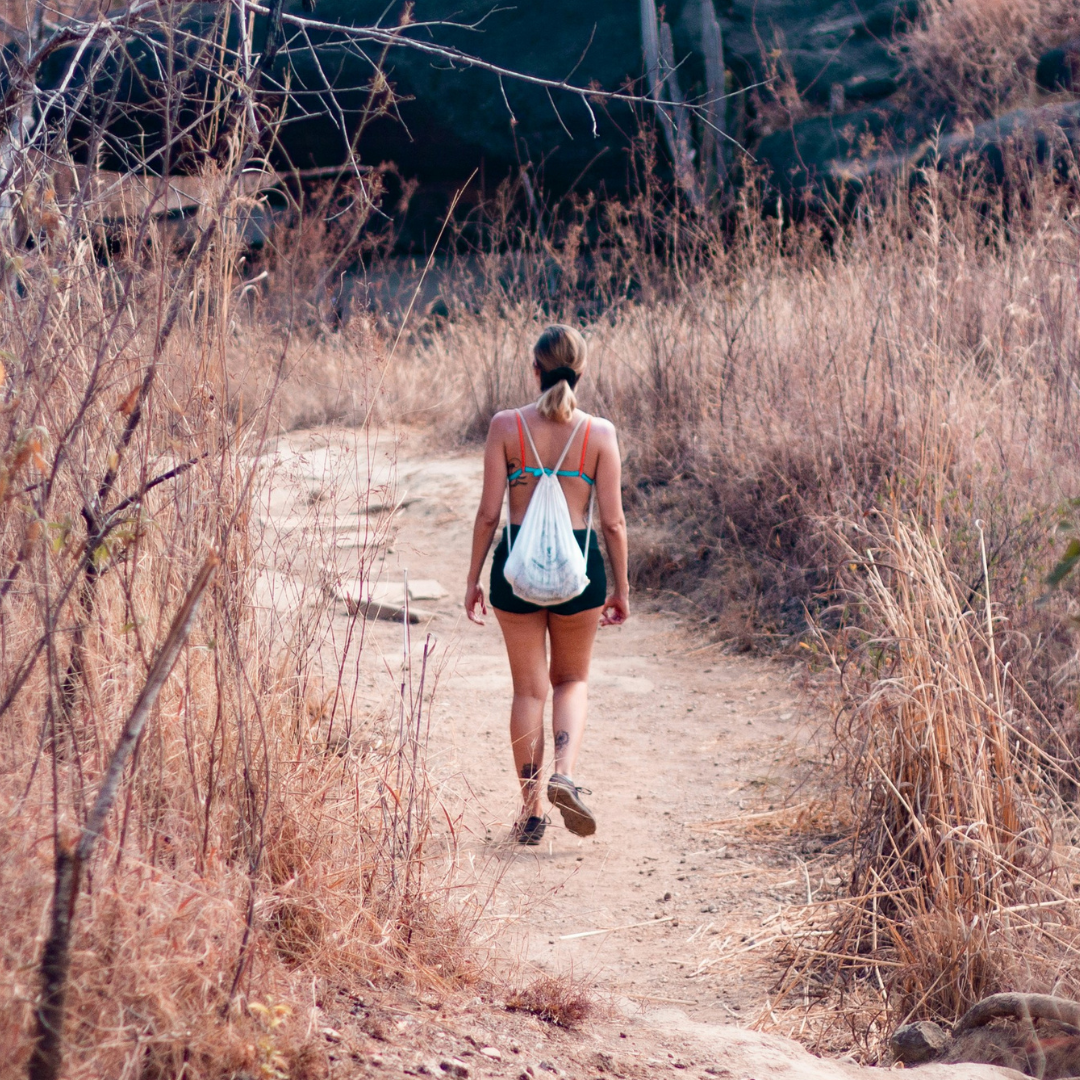

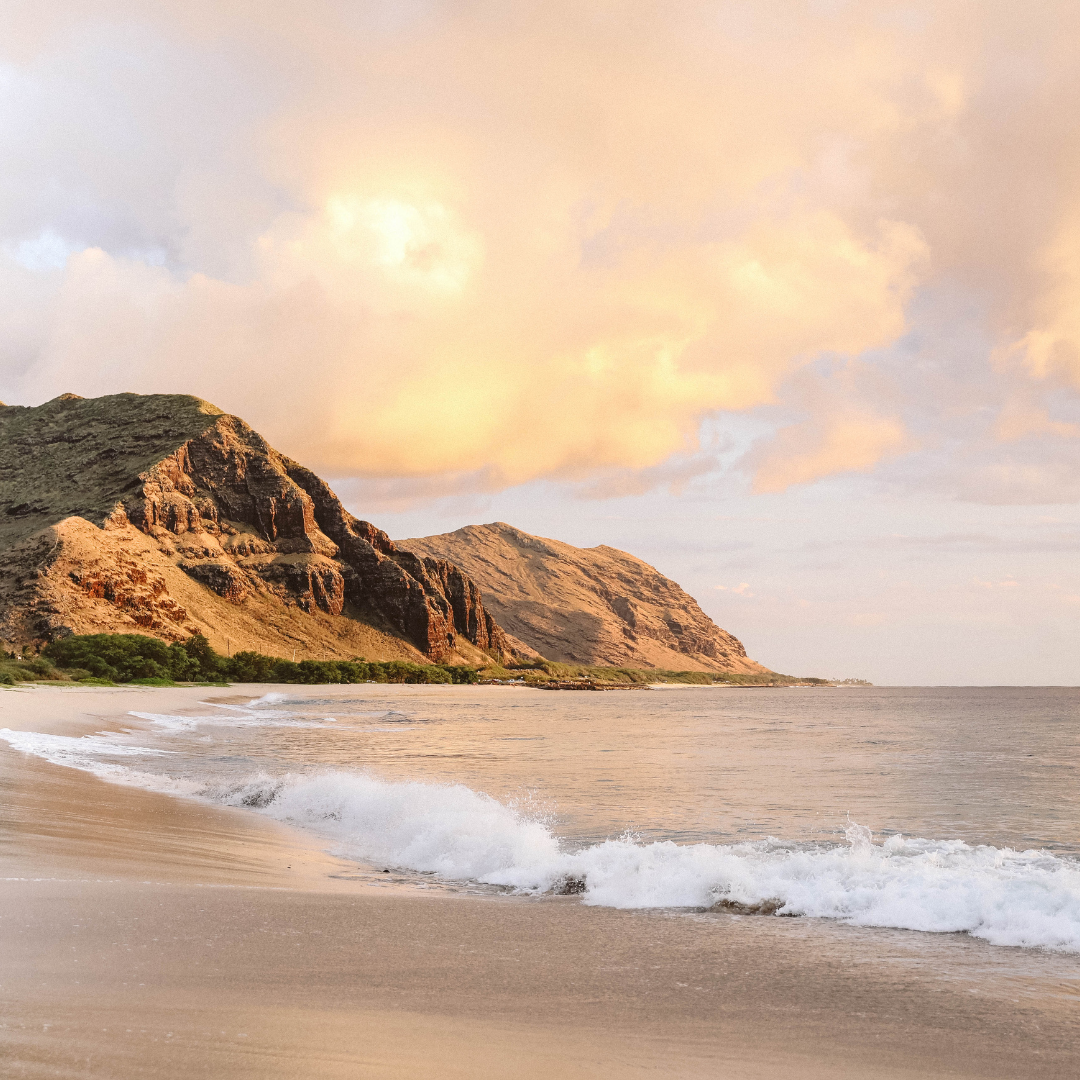
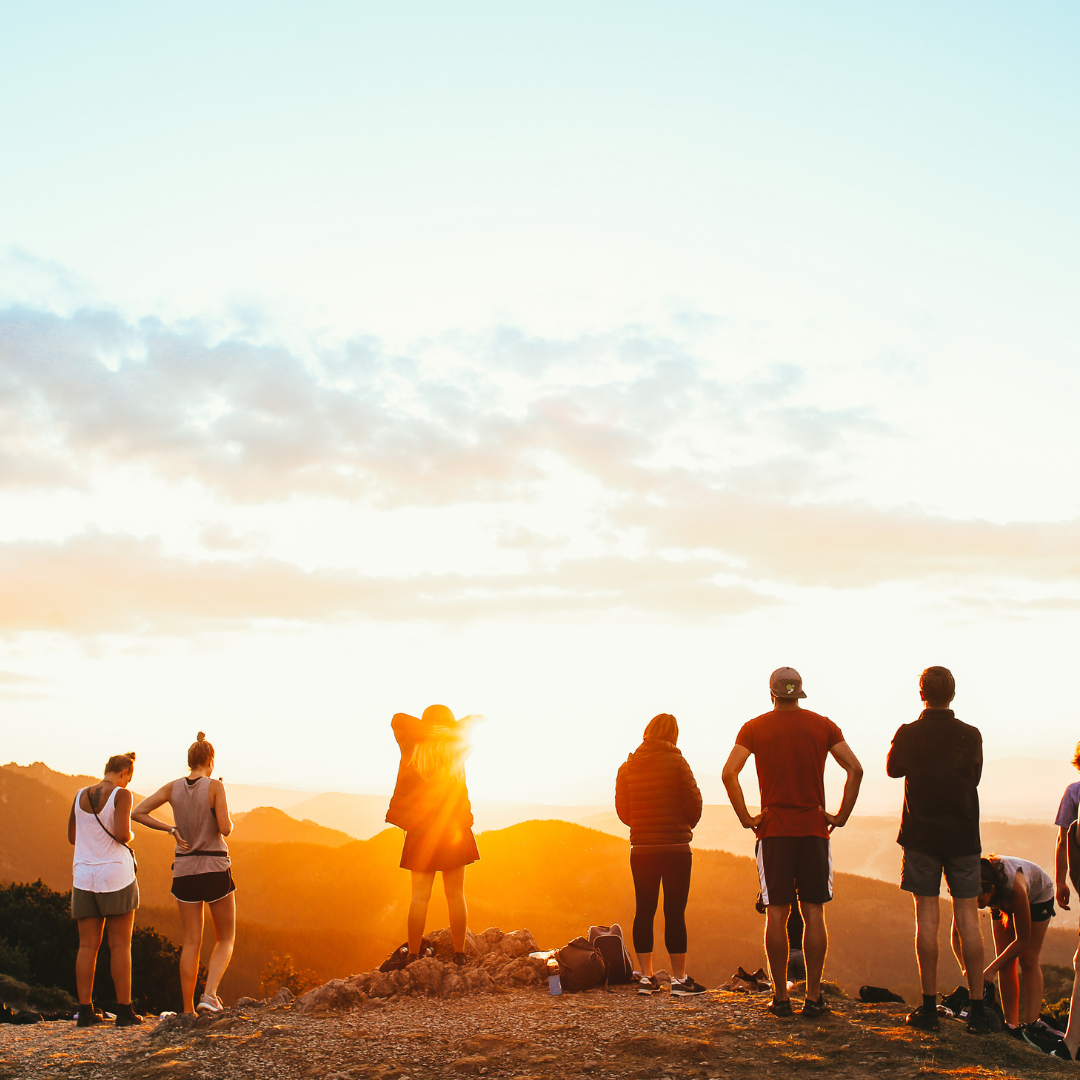
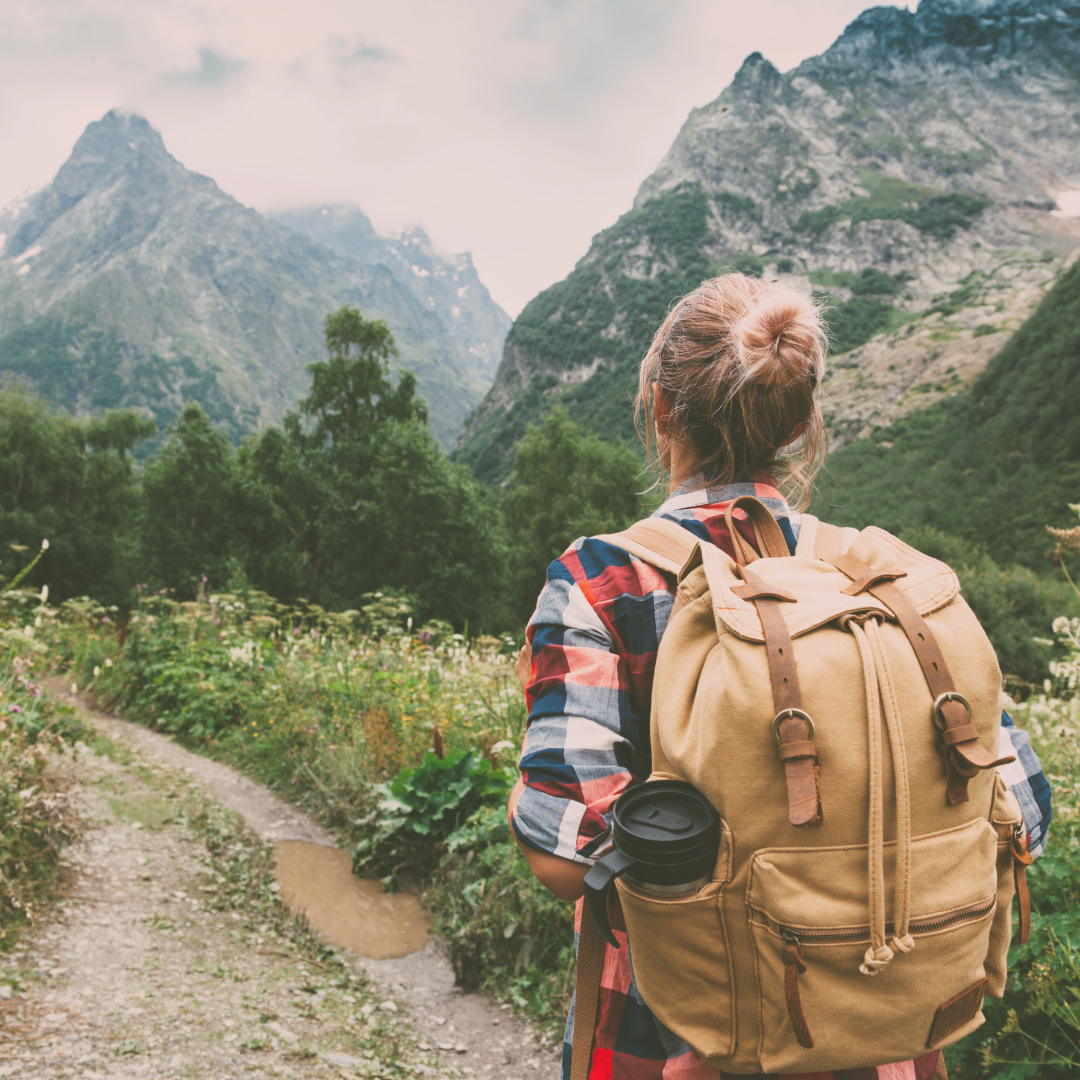

Comments